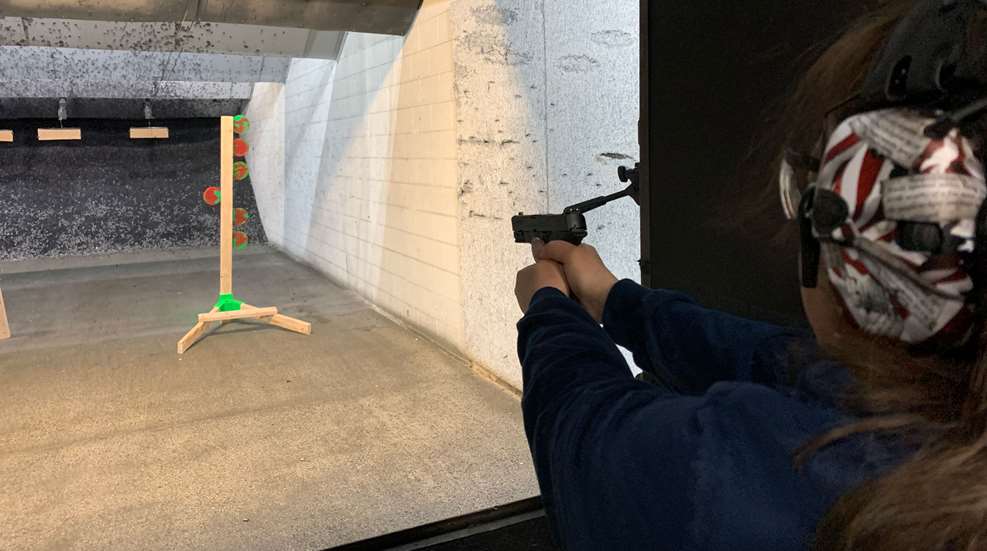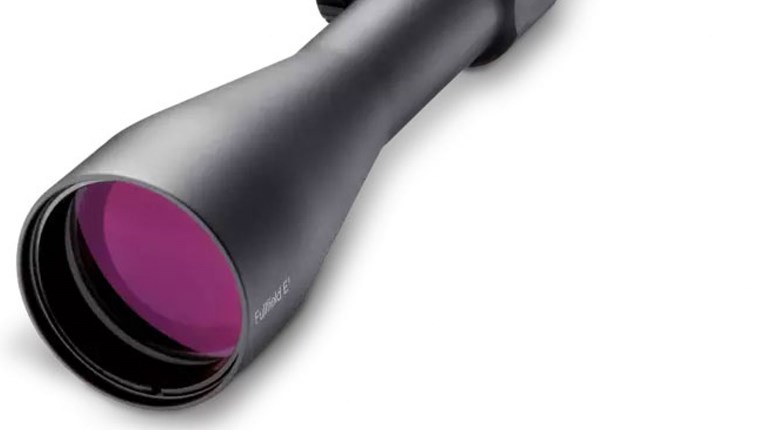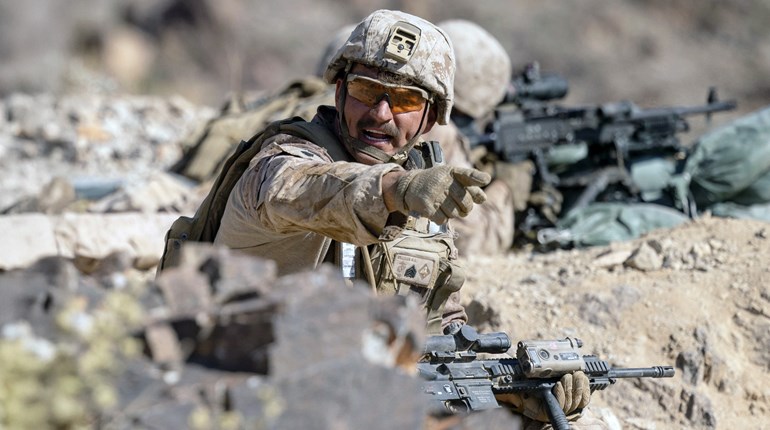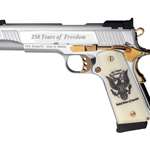
I’m as guilty as any other gun writer when it comes to all the stuff we like to tell shooters they need. And a lot of shooters buy into the stuff, too, tricking out their home-defense shotgun or rifle or handgun with so many accessories you wonder how they had room to fit it all on there. Reflex sights. Magnifiers. Co-witnessed optics. Gun-mounted lights. Suppressors. Muzzle brakes. Extended mags. Ammo management systems. Custom grips. Custom stocks. Custom Cerakote. Spare mags on your waist. A backup gun in an ankle holster. The list goes on and on. A lot of that stuff is, admittedly, awesome. I’m a huge fan of red-dot sights in particular, and who doesn’t love a suppressor? But do you need all the stuff? Of course you don’t.
It’s not just physical stuff that we as shooters feel the need to acquire, either. Gun magazines and websites are constantly preaching the need for training, planning, training, planning and more training. I’m definitely a huge fan of training, and we want you to be as well-trained with your firearms of choice as you can afford to be. But the truth is, there are tens of thousands (at a conservative estimate) defensive gun uses a year, and although we have no real data on this and the numbers are hard to nail down, it’s safe to assume that most of those people don’t have the kind of training I’m always telling you to get. Most of them probably didn’t have a custom stock, a suppressor or spare magazines on their belt, either. They’re just ordinary folks who had to defend themselves with the tool they had available to them—a firearm—and they did what needed to be done.
Let me just say again that training is great, and we want you to get as much of it as you’re able. But if you can’t, and if you haven’t tricked your gun out with every accessory John Wick ever dreamed of, you are absolutely still capable of successfully defending yourself with a firearm. You know that expression “KISS: Keep It Simple, Stupid”? It applies to self-defense, too, and there’s nothing wrong with keeping things simple here.
The stuff is great, and the training is great and having a plan is great (I’d actually argue that this is the most important), but keeping it simple has some perks of its own. For one thing, it’s cheaper. Any half-decent firearm (in an appropriate caliber) sold today is adequate for self-defense as it comes out of the factory, without so much as a trigger upgrade. Every aftermarket accessory you add to it costs money. If you’re on an extreme budget, get yourself a decent gun, some defensive ammo and a safe holster if needed, and call it good enough for now. All of the things are nice-to-haves, not must-haves. Keep it simple! And, of course, training isn’t cheap, either. Until you can afford the kind of training you wish you had, know that practice at your local range and dry-fire practice at home is going to go a long way to preparing you for the most basic self-defense needs—and it’s simple and inexpensive. Keeping it simple might even be faster, depending on how much stuff you’ve got to deal with.
Plus, it’s just … simple. With loads of extras on your gun, there are batteries to keep fresh, switches to flip and maybe more. The fewer accoutrements you have on your firearm, the less you have to fuss with when it’s go-time, and the less you have to train yourself to use properly. All of that stuff can make you more efficient once you’re fully trained with it, but if you’re not, it’s just going to slow you down and get in your way.
And a simple approach works, frankly, as evidenced by all those defensive gun uses by ordinary people.
Am I just coming up with excuses to make you feel better about not doing more, buying more and constantly improving? Maybe a little. But truthfully, you absolutely should not be ashamed of or feel inadequate about wherever you currently are in your self-defense journey. The Second Amendment is for everyone, without any kind of “you’re not doing enough” qualifier. If it suits you and your circumstances, keeping it simple is enough!














































